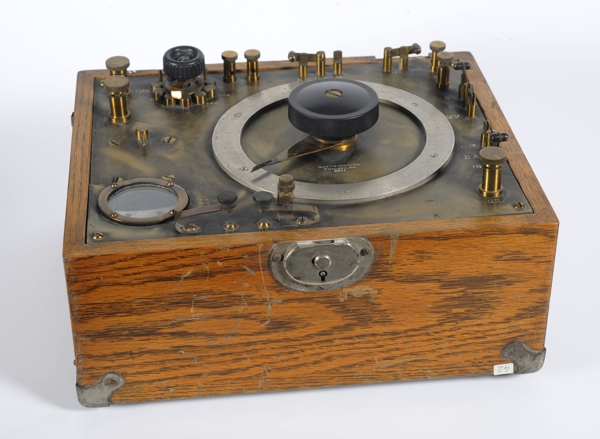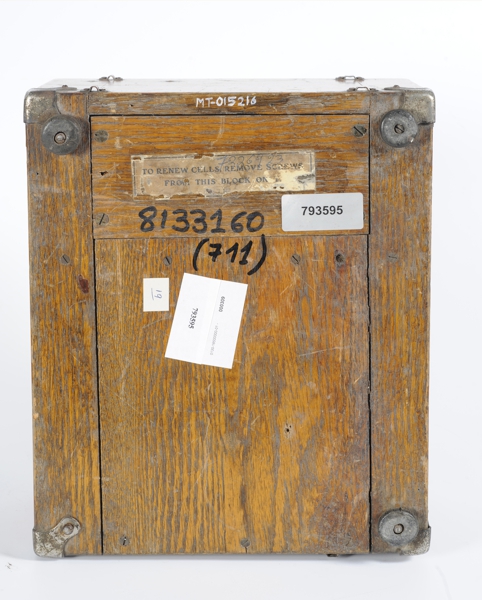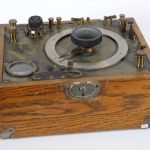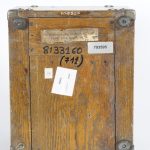Collections
Gauge
Conductance and circuit measuring instrument. The so-called Wheatstone bridges are used to measure resistance in an unknown circuit and were used at telegraph networks in order to adjust instruments in the electrical circuit. A Wheatstone bridge is an electrical circuit used to measure an unknown electrical resistance by balancing two legs of a bridge circuit, one leg of which includes the unknown component. The primary benefit of a Wheatstone bridge is its ability to provide extremely accurate measurements, and its operation is similar to the original potentiometer. The Wheatstone bridge was invented by Samuel Hunter Christie in 1833 and improved and popularised by Sir Charles Wheatstone in 1843. It was used by telecommunications technicians for resistance controls at telephone exchanges.




